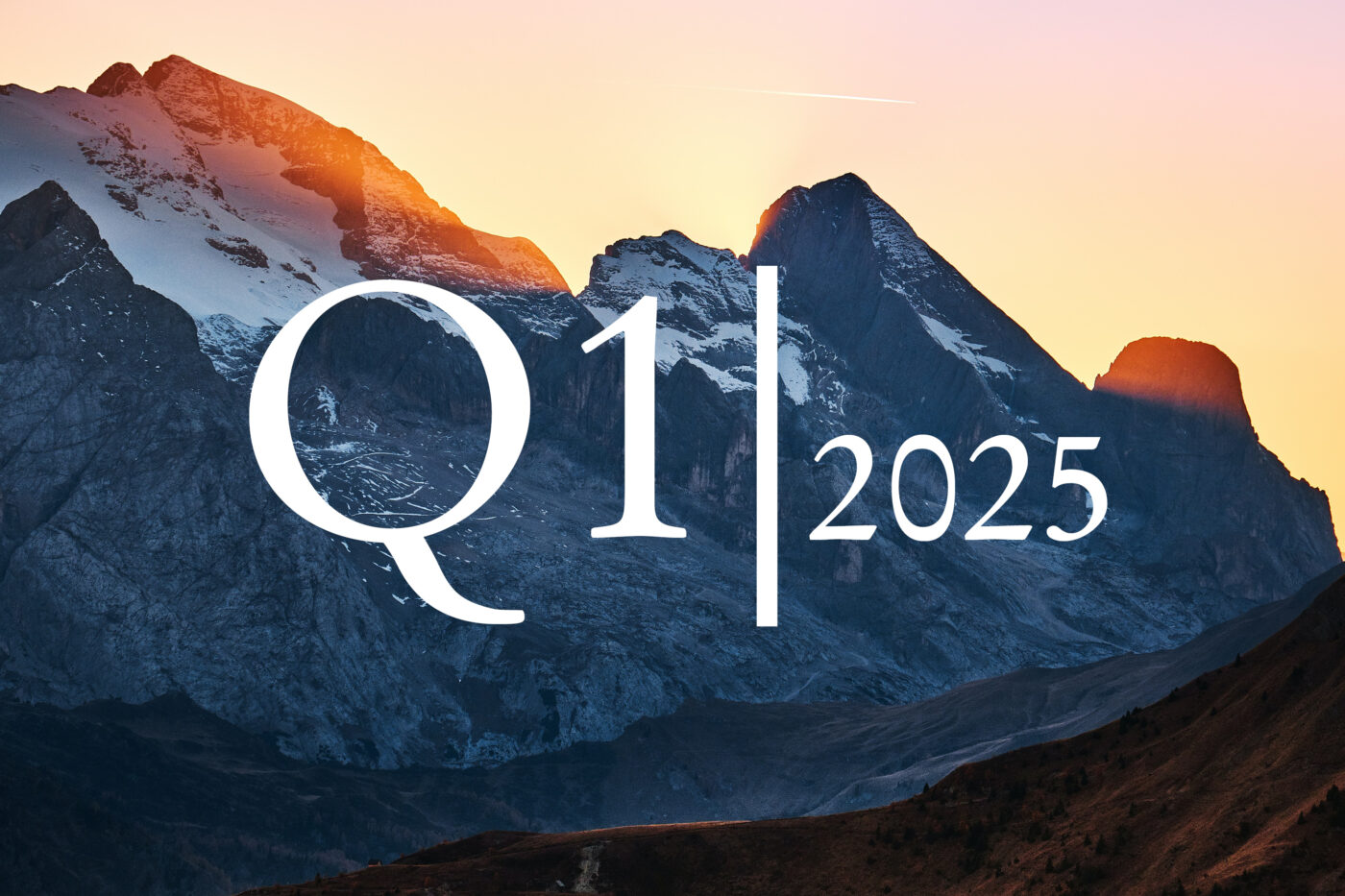In a nutshell
Warning leading indicators, rising interest rates, a strengthening US dollar and the oil price recovery should put pressure on optimistic consensus earnings estimates.
The increasing withdrawal of liquidity is likely to put a cap on valuations in the coming months.
After the sideways market in Q3, we see an increased risk of a setback. However, the downside potential should be limited as many investors are already cautious.
Equity rally did not continue in Q3
The third quarter has shown that the upside potential for equities is currently limited. This is mainly because a lot of positives have already been priced in and many investors have been forced into the market after the strong H1 equity market performance, so there have been fewer and fewer incremental buyers. The negative economic surprises in China and Europe led to an underperformance of local equity markets. US equities held up marginally better thanks to AI enthusiasm and a robust US economy to date – in euro terms, they also benefited from the USD appreciation in Q3
Unrealistic profit expectations for 2024
During the Q2 reporting season, many US retailers gave a negative outlook. US consumer sentiment is beginning to dim. The resumption of student loan payments in October, the beginning of a slowdown in the labour market and the erosion of excess pandemic savings pose significant downside risks to consumers later this year and are likely to weigh on private consumption. However, this does not yet seem to have reached analysts' earnings estimates. The consensus expects earnings growth of just under 10% for the developed markets in 2024, driven primarily by an expansion of profit margins in the US. For the emerging markets, the consensus expects an even stronger recovery in 2024 after a profit recession this year. However, still elevated wage inflation and rising corporate funding costs, together with arguably declining pricing power due to disinflation and the absence of a strong China recovery to date, are likely to limit earnings growth – especially for a large share of cyclical companies as well as small caps. It is likely to be difficult for companies to outperform the optimistic forecasts in 2024.
Equity markets treaded water in the third quarter – US equities benefited from USD appreciation
US equities almost priced for perfection
Despite higher real interest rates and liquidity withdrawal, US equity valuations have widened this year. The forward P/E ratio for the S&P 500 has risen from 17 to over 20 since the beginning of the year, with higher 10Y Treasury yields. As a result, US equities are now again expensively priced relative to their own history. Other segments such as European equities and small caps are relatively cheaply priced compared to their own history. There are several reasons for the increased valuation discrepancy between the US and the rest of the world.
For example, US companies are likely to be the main beneficiaries of AI. Many valuation-insensitive strategies, such as systematic strategies, 401k plans, option investors and share buyback programmes, are also mainly in US equities, partly because the US has the largest and most liquid market in the world. However, the triple burden of the recent dollar appreciation, higher interest rates and oil prices is likely to have an increasing impact on the US, especially since the ongoing withdrawal of liquidity is not conducive to valuations either.
Increased risk of setbacks in the coming months
The still-low market breadth does not signal a high level of investor conviction and, along with restrictive central bank policies and negative leading economic indicators, continues to call for caution. Within the equity regions, China and Europe could surprise most positively. Both regions have already priced in a lot of negativity. However, if, contrary to expectations, China was to recover more strongly, this would catch many investors on the wrong foot. The strong outperformance of US equities over European equities since Q2 2023 could at least pause. Recent economic data in Europe has surprised more negatively than in the US, and this could reverse – not least because Europe faces fewer headwinds from the currency and higher interest rates. Overall, we see both upside (fundamental) and downside (many discretionary investors expect a setback) potential for equities as limited. A moderate setback followed by a volatile sideways movement seems most likely to us.
Macro headwinds for (US) corporate earnings
Development of US corporate profits versus macro model estimate for profits, which uses interest rates, oil prices and the dollar as input variables
Forecast overview: limited upside potential
Berenberg and consensus forecast in comparison, values at mid-year 2024 and year-end 2024
What is on companies' minds?
Gloomy sentiment
In our discussions with companies, business leaders are currently more cautious and expect a slowdown in H2. While this weakness in the construction sector was already evident in many companies in the last quarters, it was more broadly visible in the past quarter. A slowdown is also emerging in the automotive industry. Car suppliers are reporting lower call-offs and the Chinese market is recovering more weakly than expected, leading to further price pressure, especially for electric vehicles. Increased price pressure has also been a topic in the payments industry recently and can ultimately be attributed to increased cost sensitivity on the part of customers. The pharmaceutical industry, on the other hand, has seen positive developments in anti-obesity drugs. The SELECT study by Novo Nordisk shows success in weight reduction and heart disease prevention. In other areas, too, the pharmaceutical companies are extremely optimistic with an innovative product pipeline. In the field of renewable energies, project developers report difficulties that can be attributed to the increased refinancing and manufacturing costs. Overall, it can be said that although the increased interest rate level is leaving its mark everywhere, the well-positioned companies are doing much better.
- Matthias Born, CIO Equities
Author

Ulrich Urbahn
Ulrich Urbahn has been working for Berenberg since October 2017 and is responsible for quantitative analyses and the devel-opment of strategic and tactical allocation ideas, and is involved in capital market communications. He is a member of the Asset Allocation Committee and portfolio manager of the Berenberg Variato. After graduating in economics and mathematics from the University of Heidelberg, he worked for more than 10 years at Commerzbank, among others, as a senior cross asset strate-gist. Mr Urbahn is a CFA charterholder and was part of the three best multi-asset research teams worldwide in the renowned Extel survey for many years.



